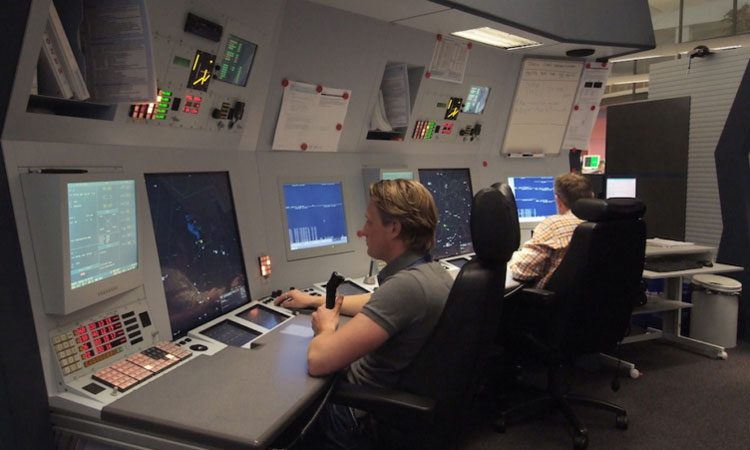Schiphol to adopt Intelligent Approach air traffic control system
- Like
- Digg
- Del
- Tumblr
- VKontakte
- Buffer
- Love This
- Odnoklassniki
- Meneame
- Blogger
- Amazon
- Yahoo Mail
- Gmail
- AOL
- Newsvine
- HackerNews
- Evernote
- MySpace
- Mail.ru
- Viadeo
- Line
- Comments
- Yummly
- SMS
- Viber
- Telegram
- Subscribe
- Skype
- Facebook Messenger
- Kakao
- LiveJournal
- Yammer
- Edgar
- Fintel
- Mix
- Instapaper
- Copy Link
Posted: 4 October 2019 | Rachael Harper (International Airport Review) | No comments yet
An air traffic control system that dynamically separates arrivals by time instead of distance is being deployed at Schiphol.


The air traffic control system that dynamically separates arrivals by time instead of distance is in the first phase of being deployed at Schiphol Approach. This is to help improve tactical capacity and operational resilience at Amsterdam Schiphol Airport.
The Dutch air traffic service provider, LVNL will work with its UK counterpart, NATS and the technology firm, Leidos to deploy the system, targeting operational use by the end of 2020.
The air traffic control system, named Intelligent Approach, dynamically calculates the optimum gap between arriving aircraft for the wind conditions and displays dynamic separation and spacing indicators to the controllers.
This can improve an airport’s tactical capacity in all weather conditions but is especially effective during strong headwinds when separating aircraft by fixed distance results in a falling landing rate with knock-on delays.
“LVNL is pleased to execute this project with its iTEC partner, NATS,” said Marcel Bakker, LVNL General Manager Systems and Infrastructure. “This cooperation is a good example in how ANSPs can reduce the time to market and deliver customer benefits sooner and more cost effectively.”
Intelligent Approach was first introduced at Heathrow Airport in 2015. Today it allows two additional landings per-hour in normal conditions and recovers on average four landings per hour in strong headwinds, cutting delays due to headwinds by more than 60 percent and helping ensure the airport can deliver to plan and airlines can keep to schedule.
Further Intelligent Approach functionality is currently under development to introduce ‘Pairwise Separation’, where every pair of aircraft types will have its own separation standard as opposed to the six categories in use today, and ‘Mixed Mode’ for managing arrivals on mixed mode runways.
Related topics
Air traffic control/management (ATC/ATM), Airport development, Capacity, New technologies


















